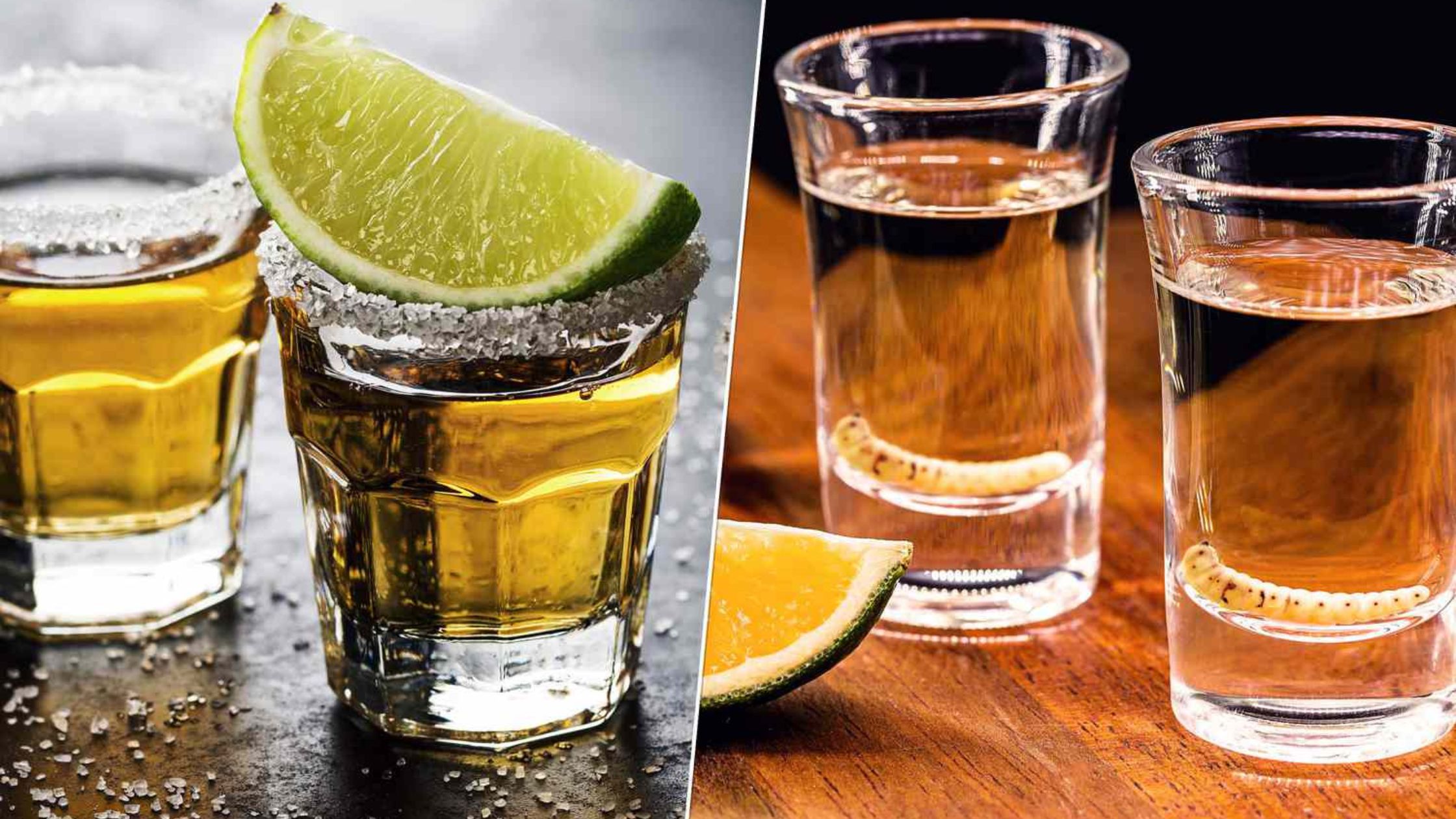Best Liquor Under ₹10,000 for a Perfect New Year 2026 Party
2025-12-05


From sun-drenched agave fields to smoky underground ovens, tequila and mezcal may share roots, but they tell very different stories. Whether you're a curious drinker or building a spirits collection, knowing how these two iconic Mexican spirits differ can help you appreciate them more, and drink smarter.
At their core, both tequila and mezcal are distilled spirits made from the agave plant. But that’s where the similarities end. These cousins have evolved along different paths, shaped by geography, tradition, and technique.
Tequila is made only from blue agave (Agave tequilana Weber) and mostly comes from Jalisco. It's known for its cleaner, sweeter flavor.
Mezcal, on the other hand, is broader, both in ingredients and taste. It can be made from over 30 types of agave and is typically roasted in earthen pits, giving it that signature smoky edge.
Let’s start with what these spirits are made from: agave, a spiky succulent native to Mexico.
Tequila can only be made from one type: blue agave. This species takes around 6–8 years to mature, and it’s primarily grown in the highlands and lowlands of Jalisco.
Mezcal is the playground of agave diversity. Over 30 different agave species are legally allowed, with the most common being:
Many mezcal producers rely on wild-harvested agave, which contributes to the spirit's varied flavors and its artisanal feel.
Quick Fact: Wild agave can take up to 25 years to mature. Some mezcals are literally decades in the making.
Here’s where the character of each spirit really comes to life, in the way it’s cooked, fermented, and distilled.
Tequila vs Mezcal Production Summary Table
How Do They Taste? Let’s Break It Down
Most tequilas lean toward:
Good for mixing in cocktails (like Margaritas or Palomas), but high-quality tequilas are also great sipped neat.
Thanks to the pit-roasting process, mezcal has a smoky backbone. But there’s more:
It's a spirit for sipping slowly, noticing how it changes with each taste.
“A good mezcal hits your palate like a desert breeze, warm, smoky, and slightly wild.”
Where They’re Made: Appellations and Geography
Both spirits are protected by Denomination of Origin laws, meaning they can only be produced in specific regions of Mexico.
.jpg)
.jpg)
These distinct landscapes and microclimates contribute to the terroir — the environmental factors that shape flavor, much like in wine.
Which Should You Try First?
If you’re new to agave spirits:
Looking for something unique? Seek out a mezcal made from wild agave like Tobalá or Tepeztate for a one-of-a-kind tasting experience.
Common Questions Answered
Technically, yes. but in modern legal terms, they’re considered separate categories.
Usually, yes. That smokiness comes from the underground roasting process.
Absolutely. Try swapping mezcal into a Margarita or Negroni for a smoky twist.
The production is slower, often artisanal, and the agave plants used are rarer or wild-grown, making it costlier and more labor-intensive.
Key Takeaways: Tequila vs Mezcal
Next Step: Taste the Difference Yourself
Want to explore both? Visit a reputable liquor store or agave-focused bar. Ask for:
Take your time, sip slowly, and let the agave tell its story.
Read Also: Natural, Organic, and Biodynamic Wines: What’s the Real Difference?